THE FIRST GENOCIDE OF THE 20TH CENTURY MEDZ YEGHERN
Armenia, Colchis, Iberia, Albania, Etc from "The Atlas of Ancient and Classical Geography by Samuel Butler" Published in maggio 1907
//uploads.disquscdn.com/image... Armenian population map
Percentage of the population in the different areas according to the religious division in 1914 based on the Turkish census:
red Muslim columns
blue Greek columns
green Armenian columns
Christian yellow columns
The current definition of Pontus the area proclaimed Republic of Pontus after the First World War, consisting of the extension of six local Greek Orthodox bishoprics
"Tradition is keeping fire, not worshiping ashes" Gustav Mahler
Wegner, immortalized the Armenians in the desert of Der es Zor, thus becoming in spite of himself, the voice of all the deportees of the earth.
In 1860 the Turkish government decided to establish a military post in the then practically uninhabited territory, in order to control the trade routes that crossed here and connected western Syria with Baghdad and eastern Turkey
In 1915 the city became a final destination during the transfer of the Armenians; a monument was built to commemorate this tragedy. After the ISIS conquest of the city, the memorial was blown up on 21 September 2014.
http://www.timesofisrael.co...
In 1860 the Turkish government decided to establish a military post in the then practically uninhabited territory, in order to control the trade routes that crossed here and connected western Syria with Baghdad and eastern Turkey
In 1915 the city became a final destination during the transfer of the Armenians; a monument was built to commemorate this tragedy. After the ISIS conquest of the city, the memorial was blown up on 21 September 2014.
http://www.timesofisrael.co...
That of the Armenians was the first genocide of the XXth century in the meaning given by the "Convention for the prevention and repression of the crime of genocide" approved by the UN Assembly on December 9th 1948: "Physical elimination of a people and its culture". Officially recognized by the Permanent Peoples' Tribunal on the 16th
April 1984, by the UN Commission for Human Rights on 29 August 1985 and 18 June 1987 by the Parliament
April 1984, by the UN Commission for Human Rights on 29 August 1985 and 18 June 1987 by the Parliament
One day in 1965 Johanna, a German university student looking for a job in Rome, reads about the "Messaggero", a Roman newspaper, an advertisement: "German poet searching for German secretary". Shortly after being hired, the self-styled poet tells her a long letter in defense of the Jews that he claims to have written and sent to Hitler in 1933, and asks her to send it to hundreds of German addresses, including those of some newspapers.
"I've been shooting a lot lately. They told me that Djemal Pascià, the Syrian executioner, prohibited, on pain of death, from taking photographs in refugee camps. I keep the images of terror and accusation tied under my belt. In the camps of Meskené and Aleppo I have collected many letters of supplication that I keep hidden in my backpack waiting to be delivered to the American embassy in Constantinople, because the mail would not have forwarded them. I know that in this way I commit an act of high treason, and yet the awareness of having contributed for a small part to helping these poor people fills me with joy more than anything I have done ".
In February 1923 he wrote a passionate and desperate appeal to Woodrow Wilson, an intense plea for the Armenians.
"When the Turkish government in the spring of 1915 passed to the execution of its inconceivable plan of extermination and elimination of two million Armenians from the face of the earth, the hands of their European brothers of France, England and Germany were bathed in the blood that they - in the fatal blindness of their misunderstanding - they had poured into rivers, and no one had prevented the grim dictators of Turkey from completing their atrocious tortures, comparable only to those that a mad delinquent could conceive. So they hunted a whole people, men, women, old people, children, expectant mothers, infants, in the Arabian desert with the sole objective of making them die of hunger ".
In the letter that Wegner wrote on 11 April 1933 to Adolf Hitler delivered to the Chancellery of the Reich.
"We accepted in war the blood sacrifice of twelve thousand Jews, and now we can - if we have a minimum of equity in the heart - take away from their parents, children, brothers, grandchildren, their women and sisters what they deserved in the course of generations, the right to a homeland and to a home? What a misfortune this is for those who loved the country that welcomed them more than themselves! Mr. Chancellor of the Reich, it is not just the fate of our Jewish brothers. It is the fate of Germany! In the name of the people for whom I have the right not less than the duty to speak, as well as any other who comes from his blood, as a German who has not been given the gift of speech to make himself complicit with silence when his heart trembles disdain, I address you: Stop all this! (...) The shame and the misfortune that will fall on Germany because of this will not be forgotten for a long time! In fact, who will one day fall on the same blow that we now want to deal with the Jews if not on ourselves? "
This letter will cost Wegner the arrest by the State Secret Police, following which he was tortured and interned in the concentration camps of Oranienburg, Bòrgermoor, Lichtenberg. After his release he left for Italy where he lived in exile until his death in Rome on 17 May 1978.
Armin Wegner
A great Just: Armin T. Wegner (1886-1978) Niram Ferretti
By Niram Ferretti Posted 24 April 2018
By Niram Ferretti Posted 24 April 2018
The letter to Hitler. Story of Armin T. Wegner, lone fighter against the genocides of the twentieth century , Mondadori
by Gabriele Nissim
by Gabriele Nissim
Today the ashes of Armin T. Wegner lie on the hill of the swallows, Tzitzernakaberd Memorial,where 12 slabs of basalt are placed that resemble the places of provinces of the Armenians and a flame is always lit.
-----------------------------------------------------------------------------------------------------------------------------------------The mass extermination and deportation of the Christian population of western Armenia had been decided by the Ottoman Empire due to the defeats suffered at the beginning of World War I by the Russian army, in which they also militated battalions of Armenian volunteers.
Weakened by the defeat in the Balkan war, in February 1914 the Ottomans, under pressure from Western countries, undertook to initiate reforms to protect ethnic and religious minorities.
But, in October of the same year, they entered World War I, alongside Germany and the Austro-Hungarian Empire. A few weeks after the mass arrests of Armenian leaders, in May 1915, a special law authorized deportations "for reasons of internal security" of all "suspect groups". The Armenian population of Anatolia and Cilicia, identified as "the internal enemy", was deported to the deserts of Mesopotamia.During the forced exodus many died of starvation and disease or were killed by Kurdish warriors in the service of the Ottomans. Others died in the fields where they were confined. Others managed to escape to the West. The operation of "ethnic cleansing" had a double objective: to occupy the lands belonging to the Armenians, located between Turkey and the Caucasus, and remove from the Christian minority any illusion about possible reforms.
In May 1918 an Armenian state was incorporated, incorporated into the Soviet Union.
-------------------------------------------------------------------------------------------------------------------------------------
-----------------------------------------------------------------------------------------------------------------------------------------The mass extermination and deportation of the Christian population of western Armenia had been decided by the Ottoman Empire due to the defeats suffered at the beginning of World War I by the Russian army, in which they also militated battalions of Armenian volunteers.
Weakened by the defeat in the Balkan war, in February 1914 the Ottomans, under pressure from Western countries, undertook to initiate reforms to protect ethnic and religious minorities.
But, in October of the same year, they entered World War I, alongside Germany and the Austro-Hungarian Empire. A few weeks after the mass arrests of Armenian leaders, in May 1915, a special law authorized deportations "for reasons of internal security" of all "suspect groups". The Armenian population of Anatolia and Cilicia, identified as "the internal enemy", was deported to the deserts of Mesopotamia.During the forced exodus many died of starvation and disease or were killed by Kurdish warriors in the service of the Ottomans. Others died in the fields where they were confined. Others managed to escape to the West. The operation of "ethnic cleansing" had a double objective: to occupy the lands belonging to the Armenians, located between Turkey and the Caucasus, and remove from the Christian minority any illusion about possible reforms.
In May 1918 an Armenian state was incorporated, incorporated into the Soviet Union.
-------------------------------------------------------------------------------------------------------------------------------------
It was 8 centuries that the Armenians lived peacefully with the Turks, despite being second-class citizens, cohabitation worked: they were an integral part of the Ottoman Empire and enjoyed their consideration. Things start to change with the first Serbian uprising and the increasingly strong Western ambitions on the one hand and the Russian ones on the other.
In the city of Niš, in Serbia, there is a macabre building called the Tower of the Skulls (Serbian ulele kulain), erected in 1809 by the Turkish general Hirshi Pasha as a warning to the Serbian rebels.
The tower, 4.5 meters high and 4 meters wide, incorporated 952 skulls, arranged in 56 lines, on each side of the tower. Despite the gruesome warning, the Serbs did not give up fighting, and in 1929 they regained their independence. Between independent and autonomous principality, finally an independent kingdom between 1817-1918.
During the period of greatest stability each religious group was free to maintain its own customs: even if conversion cases were not rare, while continuing to maintain their own traditions.
On the other hand, the various reforms did not achieve the desired effects of . External pressure prevented the various sultans from managing the empire better.
Part of the Armenian nation was under the control of various Iranian empires at least until 1828 and a part under the Ottoman Empire. Until the Russian intervention defeated the Iranians and this produced a displacement of the Armenian population in the Russian territories resulting in a Turkish response. The new state was born in the sign of war, given that one of the reasons for its foundation was the war between Armenians and Azeris, triggered both by religious causes and by the attitude to be taken towards the continuing conflict with the Ottoman Empire, to which the Azerbaijan wanted to surrender, while Armenia did not.
The dream of an independent Armenia vanished, so the various tenatives to build a movement of Armenian claim, from the end of the 1600s.
The same fate fell to the Christians of the ancient Eastern Church, (https://en.wikipedia.org/wi... known as Nestorian who lost a kingdom about 2500 years earlier.
Al Pari of the Armenians were persecuted between 1885-1886 and 1909 and finally to the genocide of 1915 Those massacres took place on a large scale so as to uproot their presence in many realities: provinces, villages. That ethnic cleansing declared on November 29, 1914, motivated by religious motives, developed for political and territorial conquest in a state now hostile to any kind of autonomy, strongly centralized and therefore contrary to all national or religious minorities.
Beginning in 1915, the question of the Assyrian-Chaldean community became a concern for the major European chancelleries.
Over 250,000 victims were ascertained due to both the Turks and the Kurds, in spite of all the appeals launched by the leaders of the community. In the mountainous region of Hakkari, over 200 churches of the IV century BC they were destroyed. Others suffered the same fate. In the village, perched in Konak which was the seat of the Patriarchate of the Eastern Church, a library of Aramaic manuscripts was destroyed in addition to other documents.
Today, apart from that land, the testimonies of the memory of those events are renewed.
Al Pari of the Armenians were persecuted between 1885-1886 and 1909 and finally to the genocide of 1915 Those massacres took place on a large scale so as to uproot their presence in many realities: provinces, villages. That ethnic cleansing declared on November 29, 1914, motivated by religious motives, developed for political and territorial conquest in a state now hostile to any kind of autonomy, strongly centralized and therefore contrary to all national or religious minorities.
Beginning in 1915, the question of the Assyrian-Chaldean community became a concern for the major European chancelleries.
Over 250,000 victims were ascertained due to both the Turks and the Kurds, in spite of all the appeals launched by the leaders of the community. In the mountainous region of Hakkari, over 200 churches of the IV century BC they were destroyed. Others suffered the same fate. In the village, perched in Konak which was the seat of the Patriarchate of the Eastern Church, a library of Aramaic manuscripts was destroyed in addition to other documents.
Today, apart from that land, the testimonies of the memory of those events are renewed.
Under Ottoman rule, the Greek-speaking population in the region survived relatively intact, preserving its customs and Greek dialect, until the end of the Greek settlement after the Greek genocide of 1914-1923, the Greek-Turkish war (1919-1922) and the subsequent exchange of populations between Greece and Turkey in 1923. between 1916 and 1923, nearly 350,000 Greeks from Pontus were killed
Merrill D. Peterson indicates 360,000 victims.
According to Ismail Enver, a consultant for the German army, the Turkish Defense Minister reported in 1915 that he wanted to "solve the Greek problem ... in the same way that he thought he had solved the Armenian problem
The treaty consolidated the partition of the Ottoman Empire by following the secret agreements between the Allied powers and the conditions negotiated at the Sanremo conference of April 1920.
According to Greek sources, the genocide and the consequent exchange of populations led only to Greece, according to the 1928 census, 1,221,849 refugees.
Merrill D. Peterson indicates 360,000 victims.
According to Ismail Enver, a consultant for the German army, the Turkish Defense Minister reported in 1915 that he wanted to "solve the Greek problem ... in the same way that he thought he had solved the Armenian problem
The treaty consolidated the partition of the Ottoman Empire by following the secret agreements between the Allied powers and the conditions negotiated at the Sanremo conference of April 1920.
According to Greek sources, the genocide and the consequent exchange of populations led only to Greece, according to the 1928 census, 1,221,849 refugees.
https://en.wikipedia.org/wi...
CHAPTER 4 The Ottoman Empire’s Escalation from Reforms to the Armenian Genocide, 1908–1915
pp. 125-162 (38 pages)
https://www.jstor.org/stabl...
CHAPTER 4 The Ottoman Empire’s Escalation from Reforms to the Armenian Genocide, 1908–1915
pp. 125-162 (38 pages)
https://www.jstor.org/stabl...
-----------------------------------------------------------------------------------------------------------------------------------------
Turkish position
Turkish position
Turkey does not recognize the term "genocide", but admits that massacres were committed and that many Armenians lost their lives during deportations. According to Ankara it was a repression against a population that collaborated with Tsarist Russia during the First World War.
Since the Treaty of Lausanne in the 24th, the word Armenia disappears from the vocabulary.
For this reason, in the past years, the Nobel Prize for Literature writer Orhan Pamuk and the Armenian-born journalist Hrant Dink, who was killed by an ultranationalist in 2007, were prosecuted.
On 2 June 2016, the Bundestag approved the resolution recognizing the 1915 massacre by the Ottoman Empire. The politician Cem Ozdemir was particularly targeted because, besides being among the promoters of the provision, he is also of Turkish origin.
In 2015 Pope Francis defined the events of the time as "the first genocide of the twentieth century" and the declaration also provoked on that occasion the wrath of Turkey which decided to withdraw the ambassador.
"Pope Francis has the Crusader mentality". A new violent diplomatic clash between the Ankara government and the Santa Sededopo that Bergoglio, during his trip to Armenia, used the term genocide again to define the massacre of a million and a half Armenians a century ago at the hands of the Ottoman Empire.
In 2015 Pope Francis defined the events of the time as "the first genocide of the twentieth century" and the declaration also provoked on that occasion the wrath of Turkey which decided to withdraw the ambassador.
"Pope Francis has the Crusader mentality". A new violent diplomatic clash between the Ankara government and the Santa Sededopo that Bergoglio, during his trip to Armenia, used the term genocide again to define the massacre of a million and a half Armenians a century ago at the hands of the Ottoman Empire.
"I became a traveler in the land of fathers and exiles with a different spirit. I went to see the family home in Istanbul, but I didn't have the desire to enter. My gaze was free, I looked forward, I knew how to use my energies ".
Pietro Kuciukian told the story of his father, who arrived in Venice in 1915, embarked by his grandfather on a ship departing from the Bosphorus, to save him from the genocide. "He never talked about what had happened in Turkey, either to keep us from growing up with negative feelings, or to forget.
In 1895 in Constantinople, where his grandparents lived, the sultan Abdul Hamid unleashed a pogrom against the Armenians. The family, hidden in the basement of the house for ten days, was saved because a Turkish friend rejected the attackers saying that there were no Armenians in the building. "A good Turk who has not betrayed friendship and good neighborly relations."
https://en.wikipedia.org/wiki/List_of_Assyrian_settlements
https://en.wikipedia.org/wiki/Megali_Idea

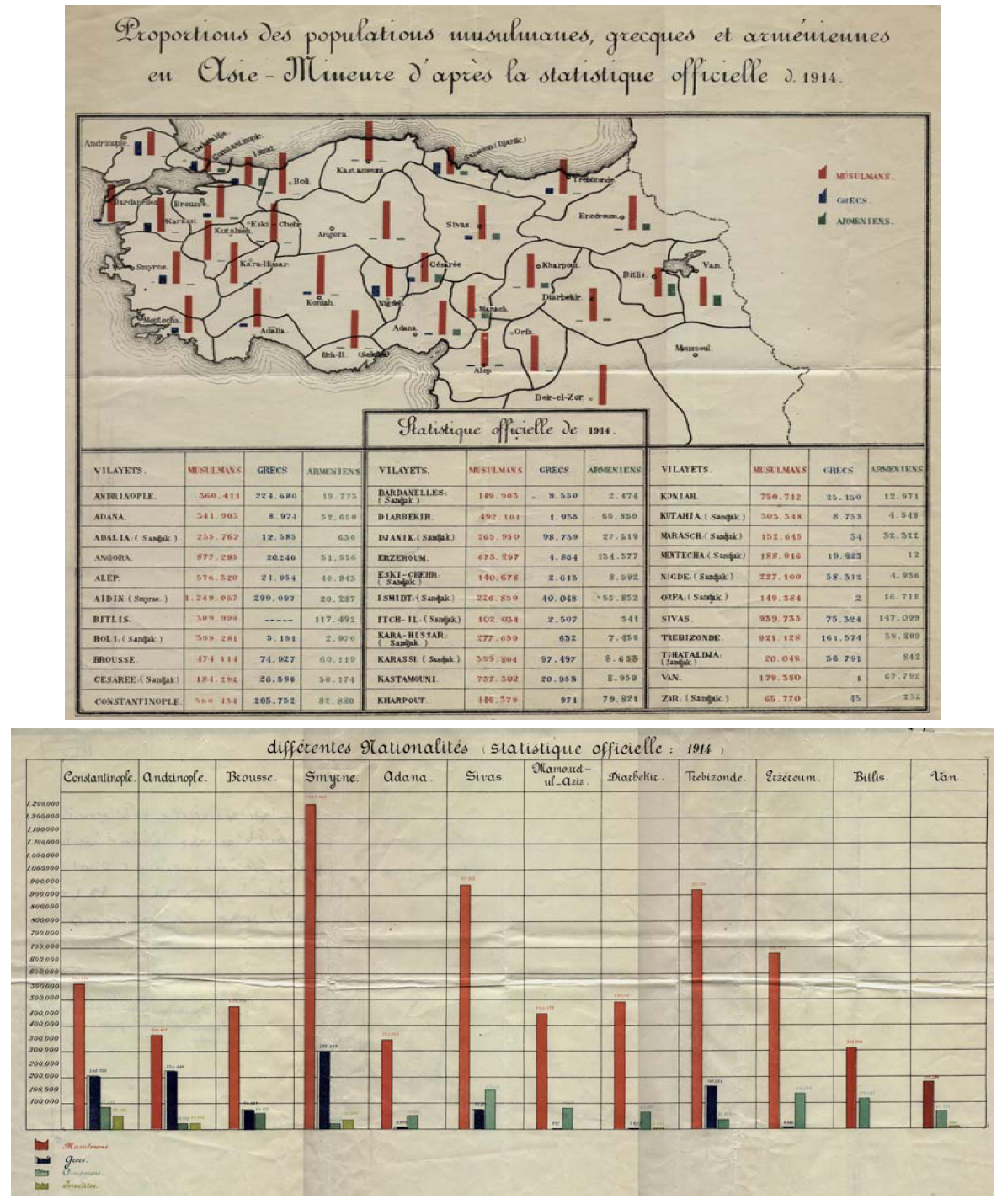

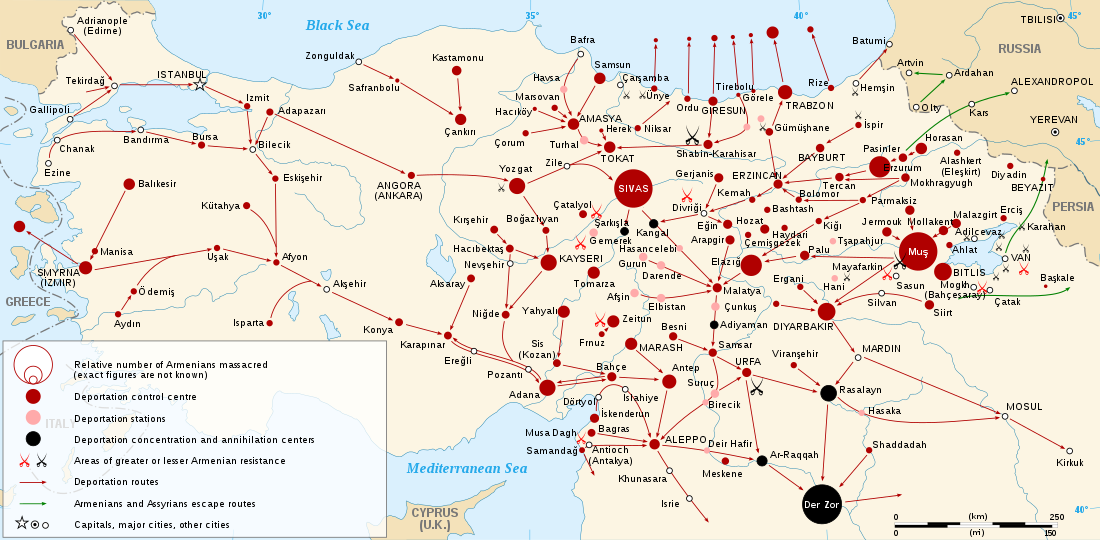
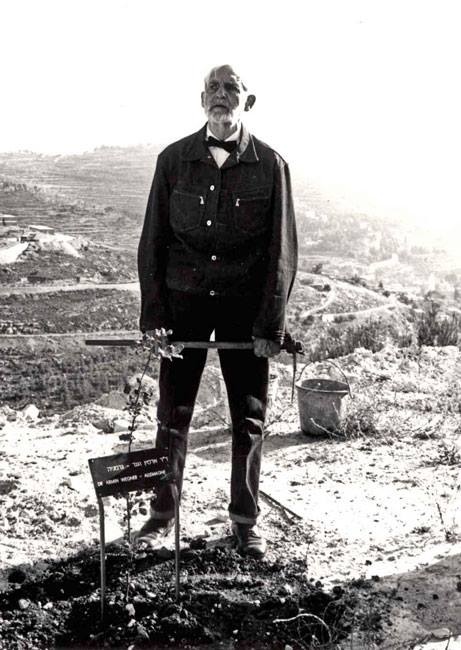
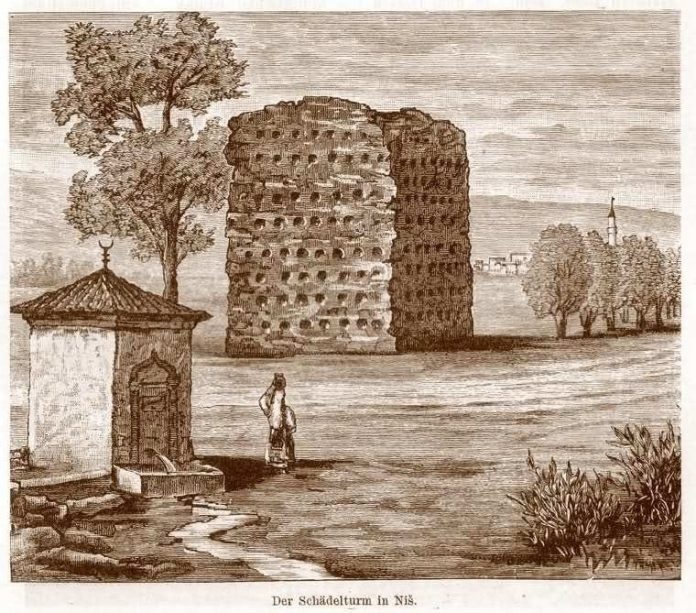
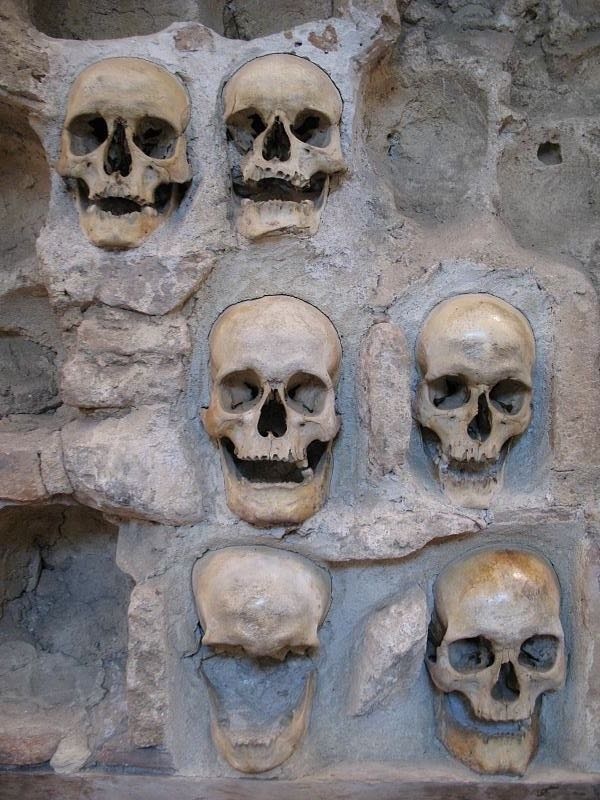
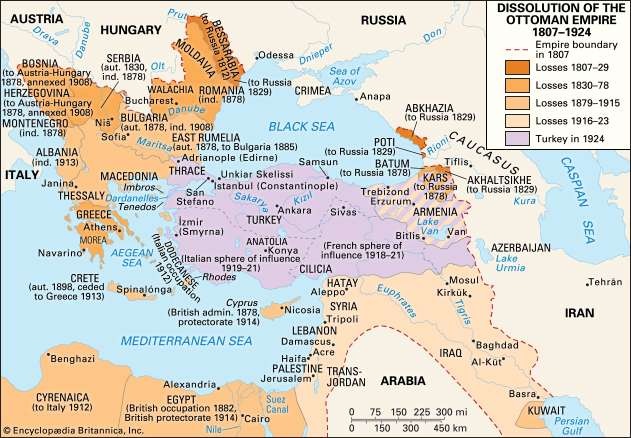
Commenti
Posta un commento